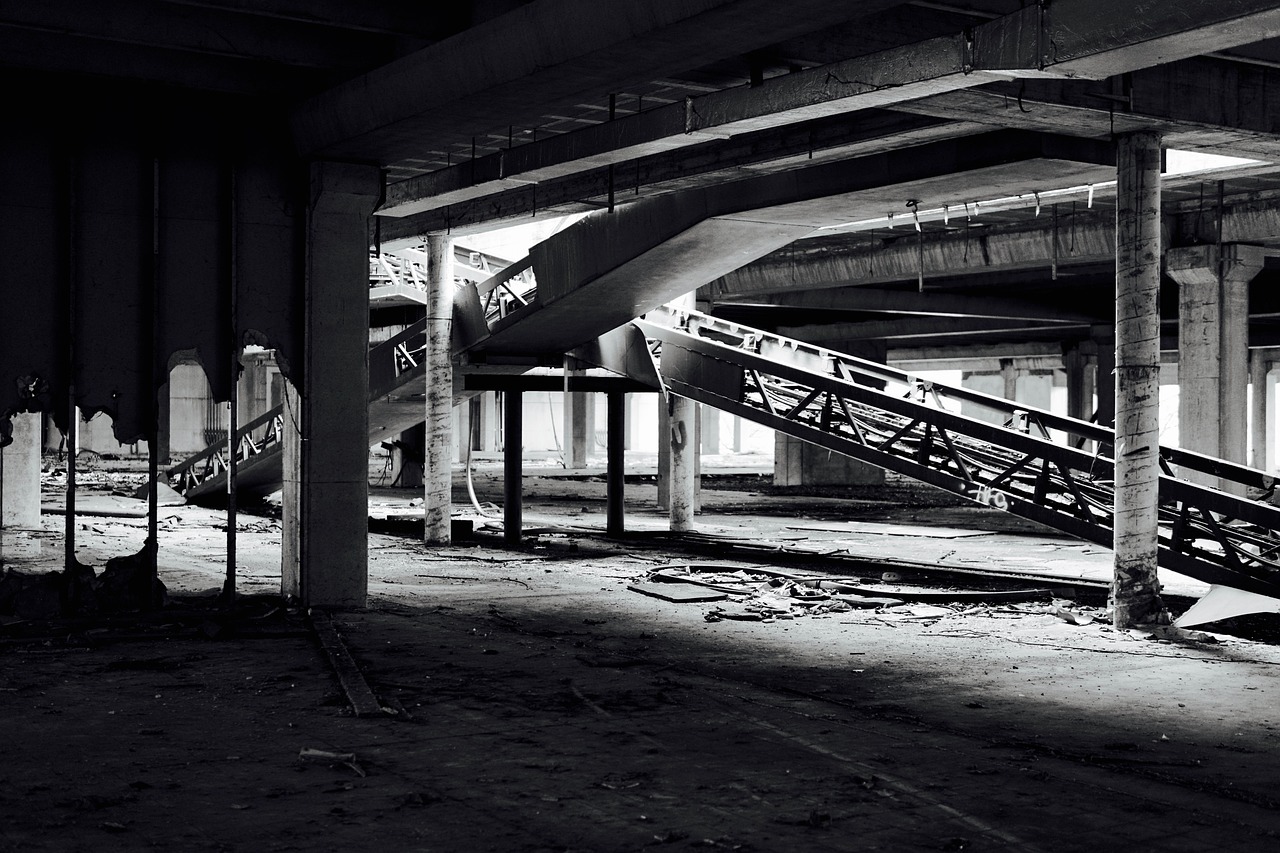
Like many, I enjoy browsing the U.S. News And World Report Medical School rank lists yearly to see which programs are top. (Usually in a line at the supermarket!) Even more so, I enjoy reading the Aunt Minnie and Doximity radiology residency rank lists each year. And I love reading and writing about them as much as the next guy. But, we need to be careful when we rank schools, residencies, and other educational institutions. So, why am I such a “Debbie Downer” when it comes to ranking residencies and educational institutions, and in our case, specifically radiology residency? (And no, it’s not related to my role as an associate residency director at a small radiology residency program). Well, as you guessed, I will give you my reasons for our topic for today!
One Size Does Not Fit All
When you rank multiple programs in one list, you cannot consider all the variables that would make one program great for a particular type of personality and terrible for another. Moreover, looking at the rankings, you will see categories like best teaching, research, and clinical experiences. Some folks learn best on the job, and others retain better in a lecture format. How do you rank that? Or, you want to become a great clinician and don’t take a research interest. Would a Mass General work well for you? It doesn’t do justice to the individual.
A Majority Of Residents Want To Work In Private Practice
Many of the rank lists assume that applicants want the same thing: a high-powered research and teaching program. But, 90% of all radiology residents go into private practice. So, the rank lists usually do not follow the end career results of its participants.
Development of Vicious/Virtuous Circle
Rank lists tend to have a pile-on effect. If a program is ranked highly, it sticks in all the readers’ minds. They will say to their colleagues, “Oh, XYZ school is great.” Likewise, if an article ranks a residency low on the list, that remains in the mind of its readers. I call it a “self-fulfilling proposition,” not based on the truth.
Emphasis On Larger Programs
The larger the program, the more graduates know about it. Therefore, the lists show bias toward bigger residencies just by the sheer numbers. So, if you have a program that contains 20 residents per year, these residents will tend to vote for their programs, right?
Each Site Within A Residency Program Can Be Different
Even within a program, experiences can vary widely. Sometimes, residents barely see each other and do not rotate through all the sites within a system. And one resident may spend more time at the V.A. hospital versus the academic center. So, what may be an excellent experience for one resident may not even resemble the reality for the remainder of the residents within the program.
Residency Experience Is So Dependent On Individual Colleagues/Faculty Members/Mentors
I always like to say the following: if you go to an OK residency program, but like the folks you work with, it will seem excellent. On the other hand, if you attend a program that by all the rankings is fantastic but hate working with all your colleagues, it will become terrible. So, how do you measure one person’s experience versus another when the program’s culture varies widely in any given year?
Do Residency Rank Lists Have Any Merit At All?
Based on these legitimate reasons, residency ranking tends to have very little relevance for the average radiology resident to choose his rank list. Instead, like the U.S. News Report Annual rankings of colleges, it primarily serves as a great way to grab the attention of its readers and create a bit of buzz. Therefore, it performs an essential purpose, but the goal is not necessarily to help out the audience that reads it. So, what is my conclusion based on the evidence? I’m not saying that you shouldn’t read a rank list of the best programs. Instead, take the results with a grain of salt and realize that a “top program” may not be top for you!














